Retiring To Costa Rica
Costa Rica is the 2nd most visited country in America and with good reasons. A more affordable cost of living, great weather, and welcoming people.
They live by their unofficial motto “Pura vida”, or “Pure life”, and means living it large, happy, and worry less. Now that sounds like retiring paradise.
Even so, Costa Rica has suffered from a bad rap lately. Many of its previous retiree incentives are gone, and being so accustomed to the presence of expats, prices have skyrocketed in past years.
Still, expats come, seduced by it 1,200 miles of beaches, incomparable flora and fauna, and year-long summer. You can have a much higher standard of living than you would back in the states.
Where To Retire In Costa Rica
Frankly speaking, the only developed place in Costa Rica is San José and the outer neighborhoods. Every other town is little with no more than 20,000 people and fewer.
We still recommend San Ramón before San José. Reasons include its great weather, lower costs, tranquil living, and moderate expat presence.
Coastal towns like Dominical, Uvita, and Ojochal in the south, and Jacó in the Central Pacific, offer beach retirement on your social alone.
Be aware that Costa Rica’s infrastructure is one of its weak points, as economic growth hasn’t been on par with public spending.
Many roads have potholes and some outside the city aren’t paved, and public transportation is of poor quality. If you are too much used to the comforts of the first world, not even San José will be able to accommodate you.
How To Retire To Costa Rica
The trick to success for retiring to Costa Rica -and in every other destination in the world- is to prepare. You would think this is obvious advice, but you probably wouldn’t guess the sheer number of people that fail to follow it.
Close to 60%. Yes. that’s the estimated percentage of Americans that go chase their living and retirement dreams in Costa Rica, but fail and return.
Is It Really That Hard To Retire To Costa Rica?
The answer is no. Especially for retirees. The only heavy requirement to get a pensionado visa status here is to prove an income of $1,000 coming from a permanent source, even for couples.
This could be in form of a pension, social security, an annuity, etc. Renting of Real Estate doesn’t count.
Plus, if you qualify for this requirement and have all the necessary paperwork, the process of retiring to Costa Rica will go a lot smoother.
Still, be aware that this process can take some time. While you can either file the requirements in the U.S. or directly in Costa Rica, we recommend to do it while on American soil.
It will take longer, but it will be much more convenient and affordable. The cost of requesting residency directly in Costa Rica goes up $50, plus another $200 for a change of status.
Required Documentation For A Pensionado Visa In Costa Rica
First up, you need to provide proof of your $1,000 income. Social Security and other public entities can emit a certificate on your name for this end. It must state it will be a lifetime payment, and that it will be paid in Costa Rica.
You will be also required to show a birth certificate, a marriage certificate if applicable, and a police-issued certificate of good conduct.
The police certificate is valid for 6 months and required for every applicant from 15 to 25 years old for children.
That’s pretty much it.
It is also good to know that all the before-mentioned documents other than those received in Costa Rica must have:


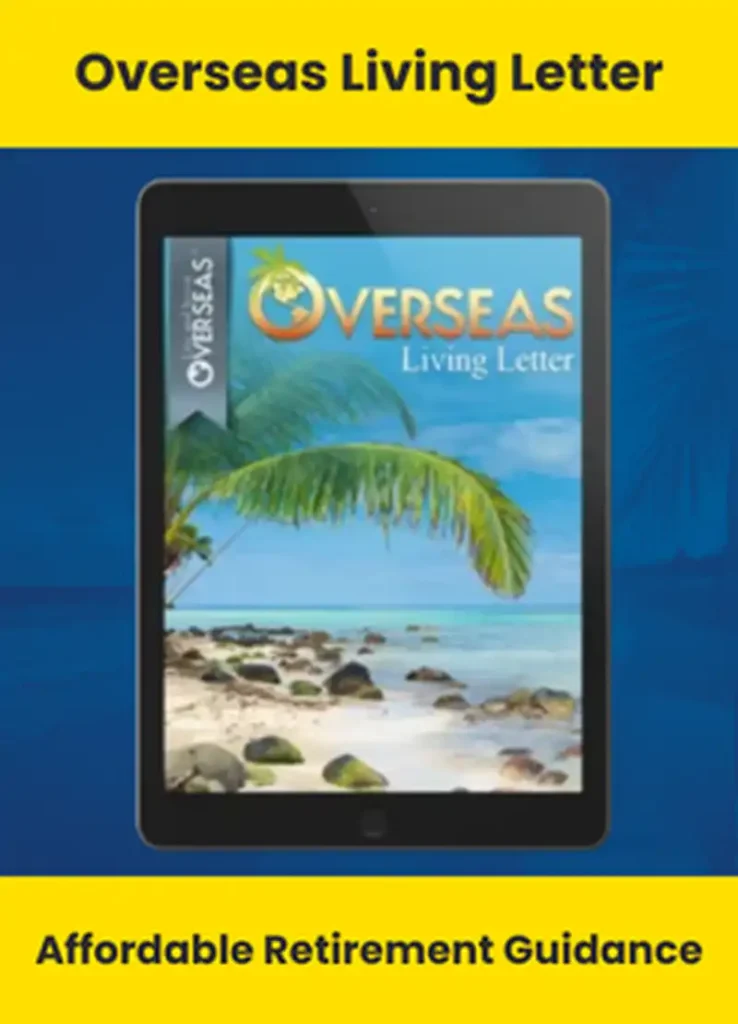



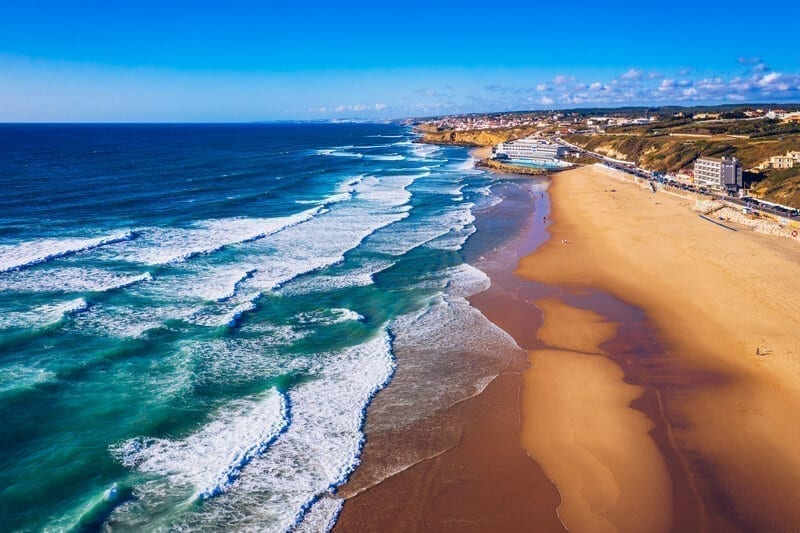


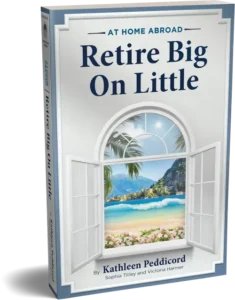

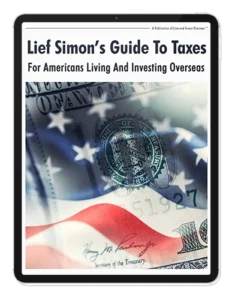
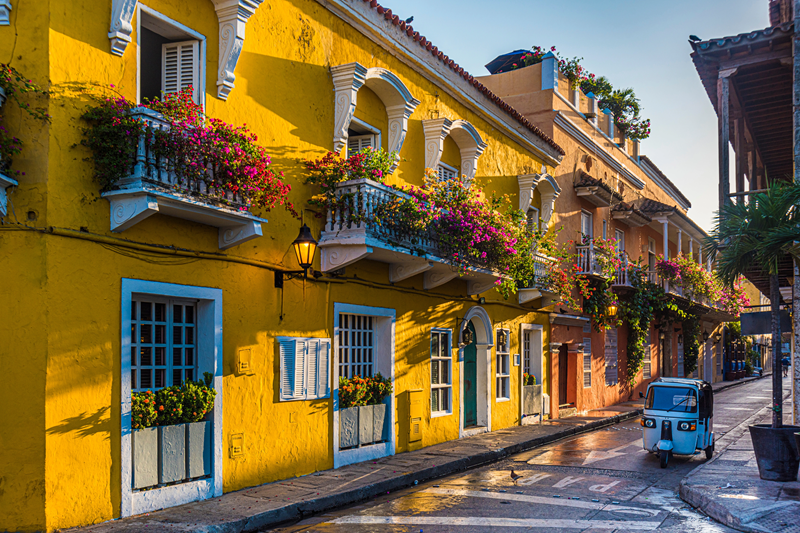 . '
. '
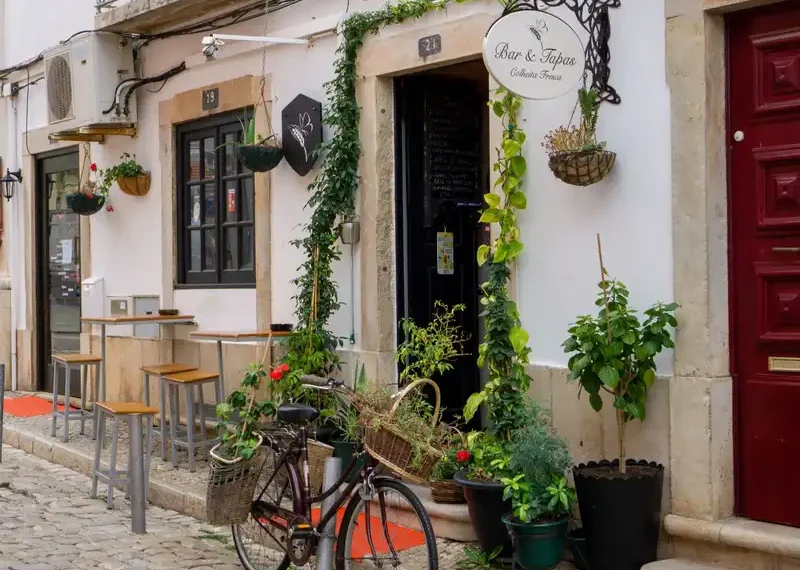 . '
. '
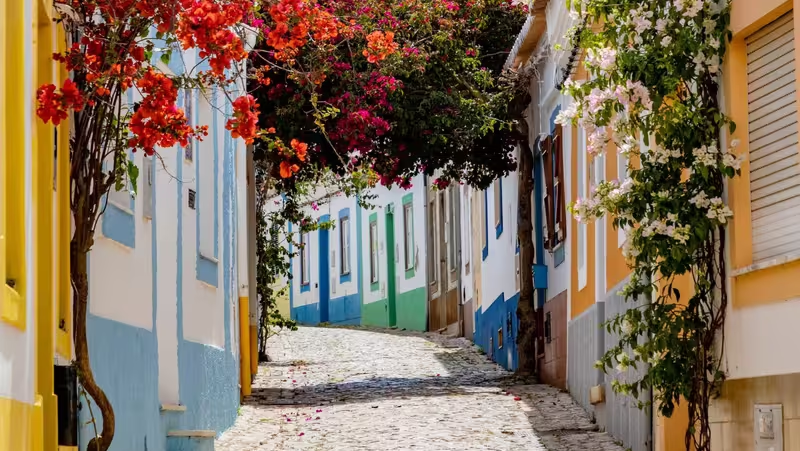 . '
. '
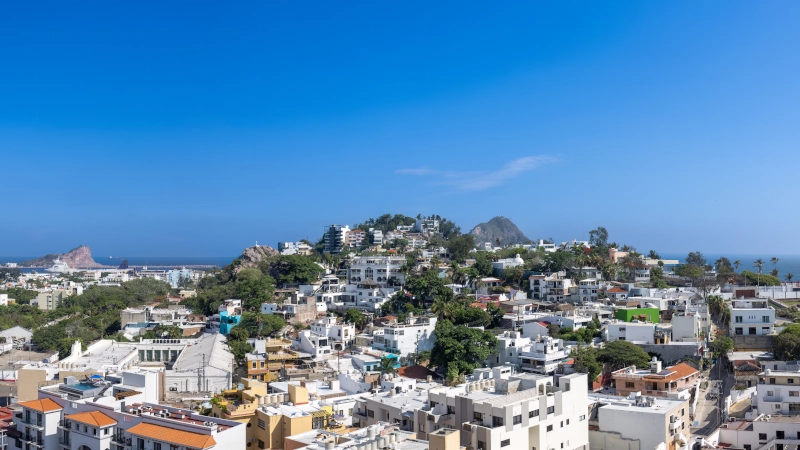 . '
. '
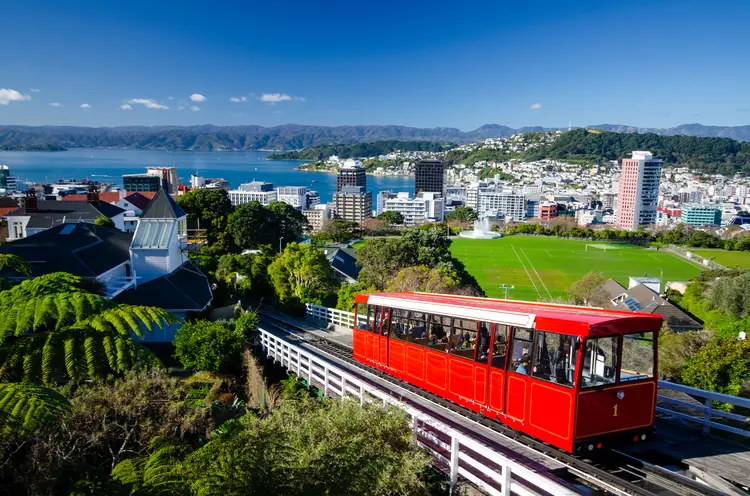 . '
. '








